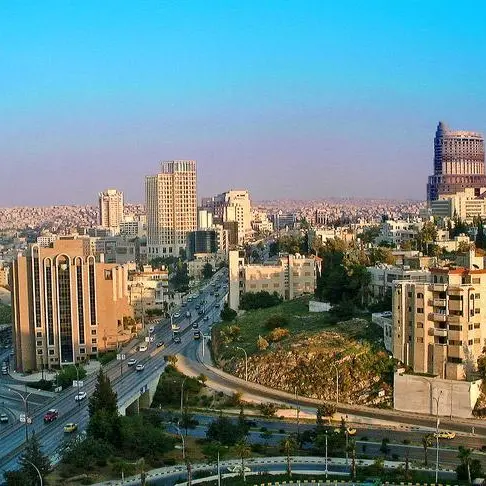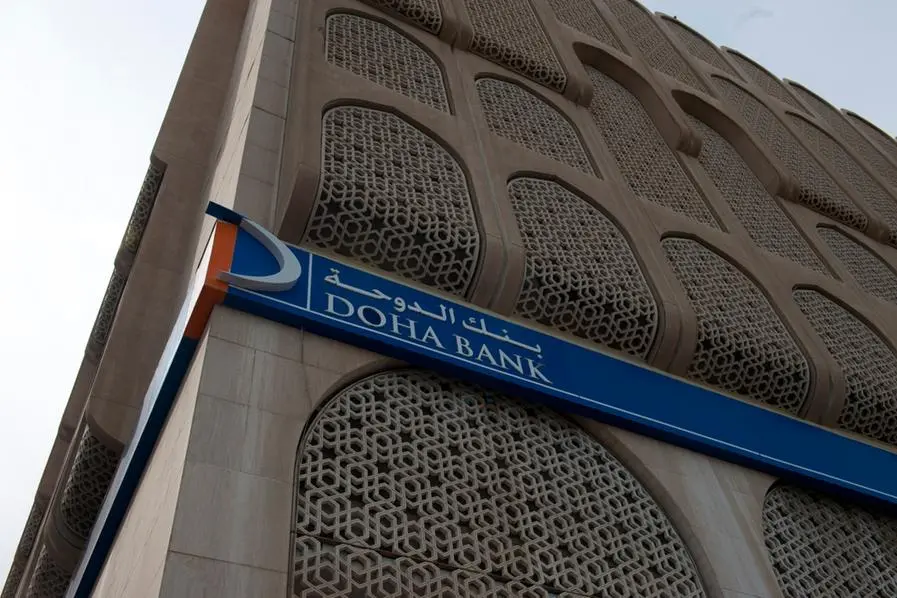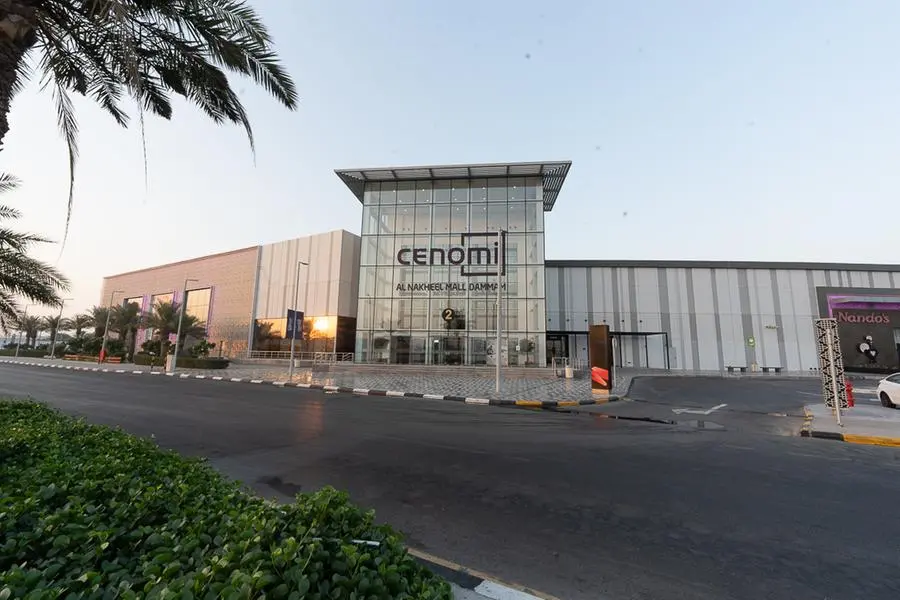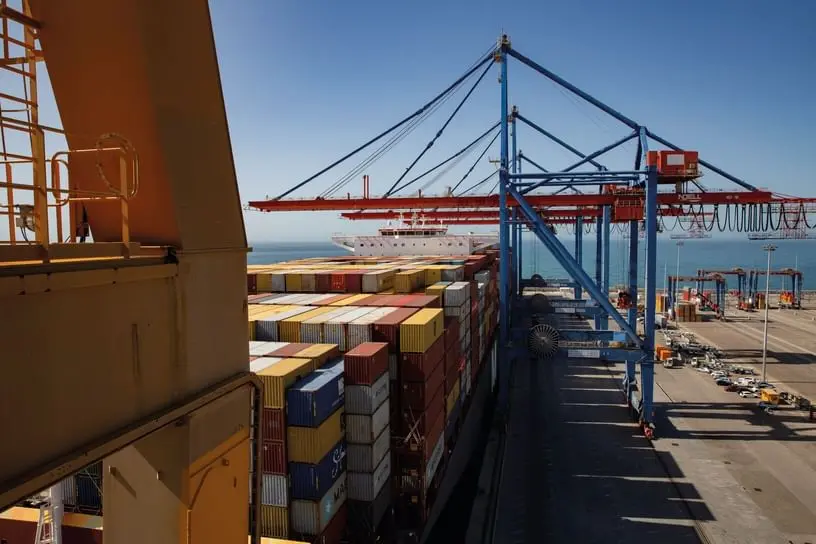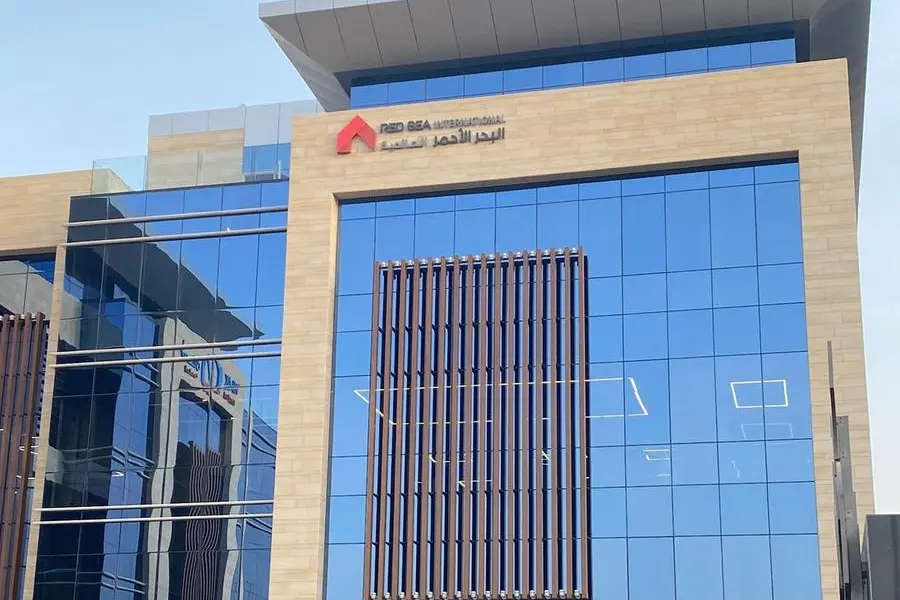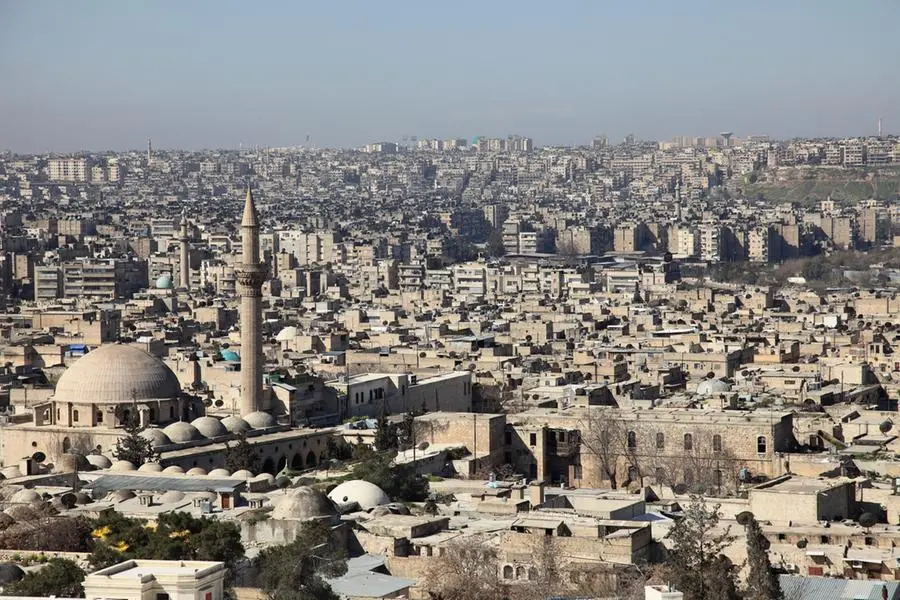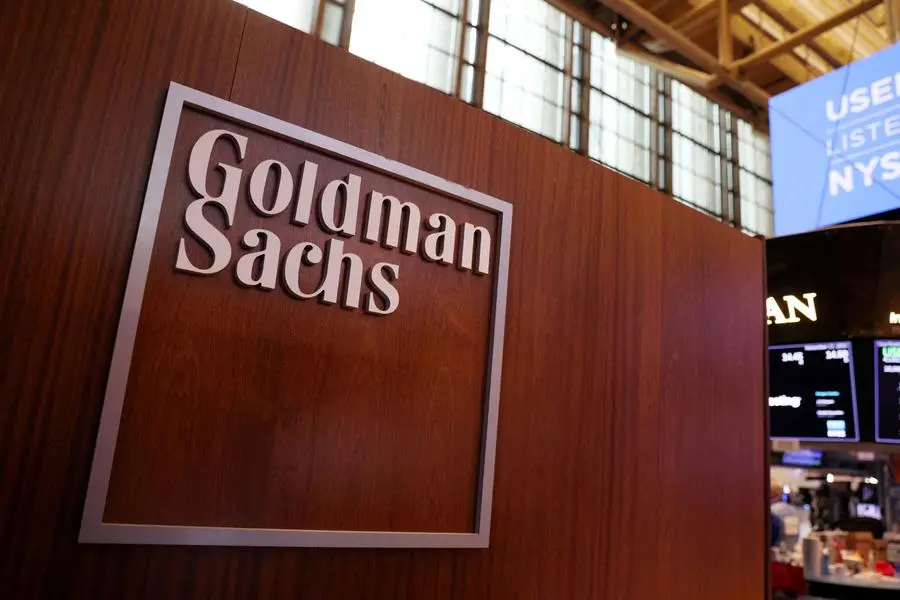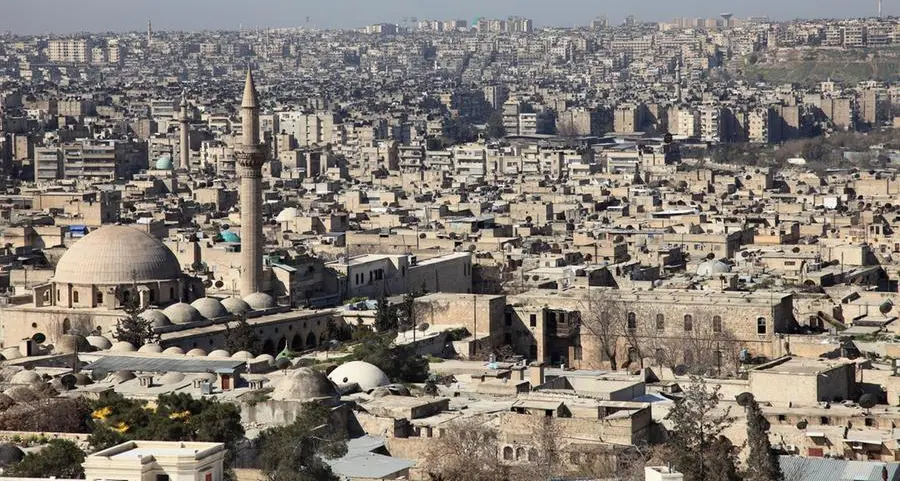Thursday, 30 October 2014
TUNIS (TAP) - The Executive Board of the Central Bank of Tunisia (BCT), which met on Wednesday, October 29, expressed once again its worries about the persisting vulnerability of the external sector mainly with the ongoing widening in the current deficit.
In a statement released Thursday, the Board recalls that the financing of the current deficit became dependent mainly on foreign indebtedness, facing the drop in foreign direct investment, "raising thus the issue tied to indebtedness indicators' control over the fourth coming years."
This deficit has widened (+35.5% or 1,532 MTD) to reach 5,843 MTD, 7.1% of GDP, over the first nine months of 2014, compared to 5.6% for the same period of last year and this under the ongoing widening of the trade deficit (+20.6%) which went beyond 10 billion dinars, in line with the virtual stagnation in exports (+0.1%) against a faster pace in imports (+6.2%), noted the Board.
Besides, the Board pointed out that worsening of the trade deficit is still attributable to widening of the deficit of the balance of energy and food (2.8 and 1.2 billion dinars, respectively) which represents more than 82% of overall trade deficit worsening.
Globally, financing of this deficit could be ensured thanks to an increase in net external capital entries in the form of loans, helping to maintain net assets in foreign currency at a satisfactory level: 13,089 MTD or the equivalent of 114 days of import on 28 October 2014, against 103 days on the same date of 2013.
As for inflation, the Board noted the positive evolution reflected through the drop in the pace of its pace for the second month in a row with a 5.6% rate in annual shift over September 2014 compared to 5.8% over the previous month. This was following mainly a deceleration in foodstuff prices, with the effect nonetheless lessened by the faster pace in services price increase. As for core inflation (excluding fresh and controlled products), its progress pace was stable:
5.8% for the second month in a row, the BCT statement noted.
The Board also noted the preliminary forecasts of 2015 economic growth, estimated at 3% against less than 2.5% expected in 2014 based mainly on the increase in the added value of the agricultural sector (8%) and manufacturing industries (3.8%), as well as the expected recovery in non manufacturing industries (2.3% against -0.9%) following notably an improvement of the hydrocarbon production (1.5%) after the drop recorded over the last years.
On another level, and despite production drop in the industrial sector over the first half of 2014, the Board noted that the advanced indicators tied to trend in the sector activity evolved overall positively over August and September of the same year (progress in sales of exporting sectors and in imports of raw materials and semi-finished products as well as capital goods), implying a recovery in this sector over the next coming months.
However, and concerning the services sector, the Board noted a drop, again, in the main tourist indicators in September 2014.
As for the banking sector activity, the Board noticed firming up of the outstanding balance of deposits during the first nine months of the current year (up by 6.5% compared to 5.1% a year earlier) that affected in particular sight deposits and forward accounts.
Financing to the economy grew as well, over the same period, by 7.6% vs. 5.2% in 2013, in line with recovery in short term loans and consolidation of the pace of medium and long term loans.
At the prudential level, the Central Bank intends to initiate, in the near future, a reform of the liquidity ratio in compliance with the relevant international norms.
At the monetary level, the Board noted again an increase of bank needs in liquidity over October after a drop during three months in a row, bringing about an increase in the volume of refinancing which came to 5,166 MTD on daily average up to 28 of the month, against 4,626 MTD last September.
Consequently, the average interest rate on the money market grew somehow, to reach 4.94%, over the same period, compared to 4.92% in the previous month.
At the exchange rate level, the Board recorded a stability at the level of the dinar exchange rate against the dollar (+0.1%) during current October, coming to 1.8035 dinar, on 27 of the month, as well as against the euro (-0.5%) which closed up at 2.2886 dinars, on the same date.
At the external level, the Board reviewed the latest trends in the international environment through the last IMF Report on the World Economic outlook where world economic growth forecasts were reviewed downwards (3.3% in 2014 and 3.8% for 2015) against previous forecasts of 3.4% and 4%, respectively, in line with the moderate pace of economic recovery and its disparity between region and countries.
In the light of these trends, the Board decided to keep unchanged the key rate of the Central Bank of Tunisia.
On another level, and in the wake of the latest evolution of the political scene, the Board acknowledged the positive climate that spread over the legislative elections' period along with declaration of its results considering that undergoing with success this important step of the transitional process should set a stable democratic system and send reassuring messages to economic operators notably, local and foreign investors, contributing thus to success of the decisive phase of the economic transition.
© Tunis-Afrique Presse 2014







